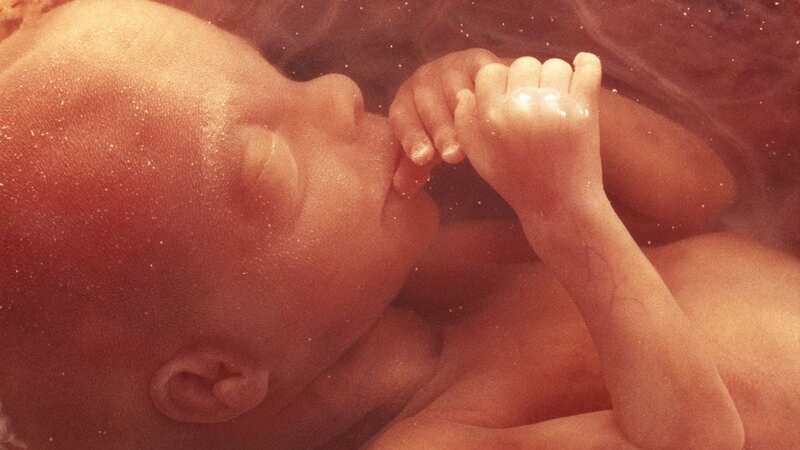‘Mini organs’ grown from stem cells of unborn babies for the first time

'Mini organs' have been grown from human stem cells taken during pregnancy in a breakthrough that could help spot health problems before birth.
Miniorgans, or "organoids", are tiny simplified structures that can be used to test new medical treatments or study how the real organs they mimic work, whether they are healthy or diseased. Researchers from University College London (UCL) and Great Ormond Street Hospital collected cells from amniotic fluid samples taken during 12 pregnancies as part of routine prenatal testing.
They showed that fluid flowing around the baby in the womb contains foetal stem cells, which can be extracted and grown into mini-kidneys, lungs and stomach. They hope that their approach could eventually help doctors monitor and treat congenital conditions before birth and develop personalised therapies for a baby in the womb.
Previously, mini-organs have been derived from adult stem cells, which more closely resemble adult tissue, or fetal tissue after an abortion. Currently, ultrasound scans do not take place after 21 weeks and there is a ban on taking samples of a foetus 22 weeks after conception. This means the baby’s development and congenital diseases are unknown towards the end of the pregnancy. But this new technique does not touch the baby, only the amniotic fluid, so there are no restrictions on how late it can be carried out during pregnancy.
Dr Mattia Gerli, first author of the study at UCL Surgery and Interventional Science, said: "The organoids we created from amniotic fluid cells exhibit many of the functions of the tissues they represent, including gene and protein expression. They will allow us to study what is happening during development in both health and disease, which is something that hadn’t been possible before. We know so little about late human pregnancy, so it’s incredibly exciting to open up new areas of prenatal medicine."
 Greggs, Costa & Pret coffees have 'huge differences in caffeine', says report
Greggs, Costa & Pret coffees have 'huge differences in caffeine', says report
The researchers took live cells from 12 pregnancies – between the 16th week and the 34th week – as part of routine diagnostic testing. They then identified which tissues the stem cells came from. Stem cells from the lungs, kidneys and intestine were successfully extracted, and used to grow organoids that had functional features of these tissue types.
The team worked with researchers in Belgium to study the development of babies with CDH, a condition where a hole in the diaphragm means organs like the intestine and liver get displaced into the chest, putting pressure on the lungs and hindering healthy growth. Mini organs from babies with CDH both pre- and post-treatment were compared to organoids from healthy babies to study the biological characteristics of each group.
The study found significant developmental differences between healthy and pre-treatment CDH organoids. However, the organoids in the post-treatment group were much closer to healthy ones, providing an estimate of the treatment’s effectiveness at a cellular level.
Prof Paolo de Coppi, senior author of the study from UCL Institute of Child Health and Great Ormond Street Hospital, said: “This is the first time that we’ve been able to make a functional assessment of a child’s congenital condition before birth, which is a huge step forward for prenatal medicine. Diagnosis is normally based on imaging such as ultrasound or MRI and genetic analyses. When we meet families with a prenatal diagnosis, we’re often unable to tell them much about the outcome because each case is different. We’re not claiming that we can do that just yet, but the ability to study functional prenatal organoids is the first step towards being able to offer a more detailed prognosis and, hopefully, provide more effective treatments in future.”
Read more similar news:
Comments:
comments powered by Disqus

































